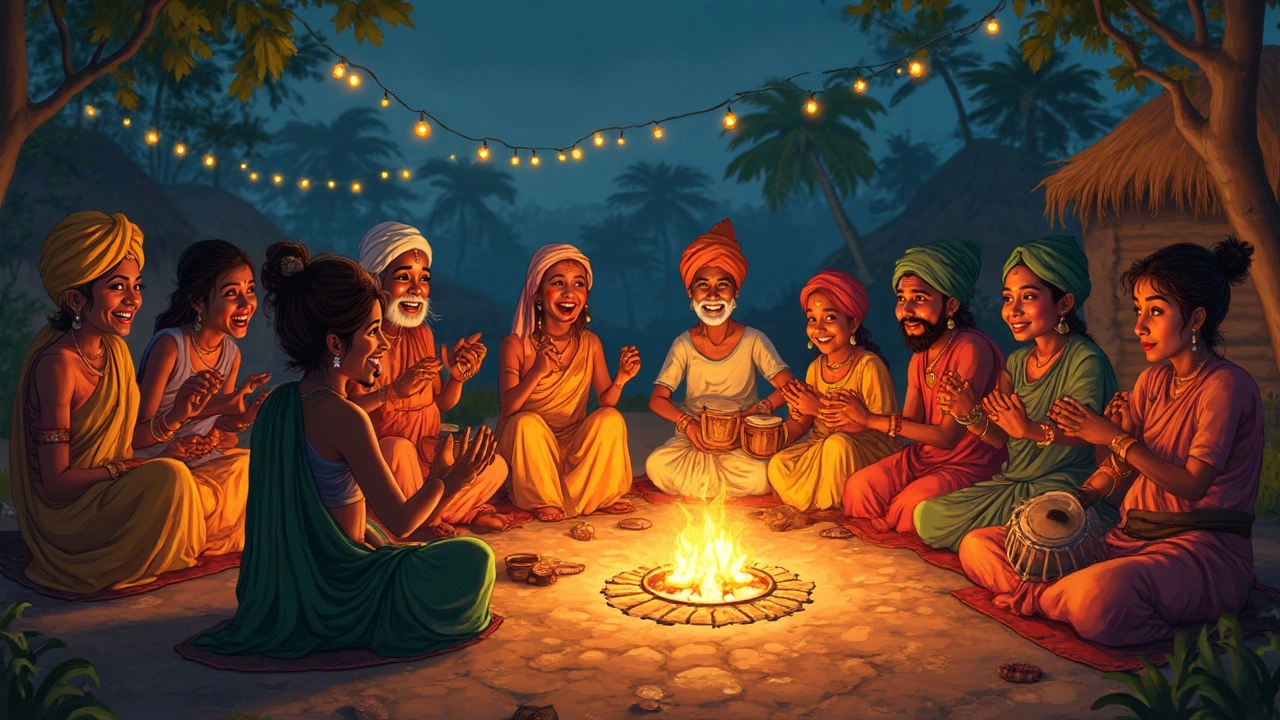Traditional Folk Song Basics: What They Are and Why They Matter
Ever heard a tune that feels like it’s been passed down for generations? That’s a traditional folk song. These songs come straight from the people, carrying stories, work chants, celebrations, and everyday life. In India they’re as varied as the languages spoken – from the Bhangra beats of Punjab to the soulful ballads of Bengal.
What makes a folk song "traditional"? It’s simple: the melody and lyrics are created by a community, not a commercial studio. They’re taught by ear, often sung at harvests, weddings, or festivals. Because they’re not written down, each performance can have tiny differences, giving the song a living, breathing quality.
Where to Hear Traditional Folk Songs
If you want to hear a real folk song, skip the charts and head to local events. Village fairs, temple festivals, and street performances are gold mines. You can also find recordings on regional radio stations or on YouTube channels that focus on heritage music. Look for playlists titled "Indian Folk Songs" or specific state names like "Madhya Pradesh folk".
Online archives are helping preserve these songs, too. Websites run by cultural ministries often let you stream classic tracks for free. When you search, add the word "traditional" to filter out pop versions. For example, type "traditional Punjabi folk song" to get authentic dhol beats and lyrical verses.
Why You Should Care About Them
Traditional folk songs are more than catchy melodies; they’re a snapshot of history. A farming song may reveal how crops were harvested centuries ago, while a love ballad can show how courtship worked in a certain era. Listening to them connects you to the lives of people who lived long before us.
Keeping these songs alive also supports the artists who still perform them. Many folk singers earn a modest income from live shows and teaching. By streaming their music, sharing playlists, or attending a local performance, you help sustain a cultural ecosystem that might otherwise fade.
For anyone interested in writing music, folk songs are a great study tool. Their structures are usually simple – a verse, a chorus, repetitive hooks – making them easy to learn and adapt. Try picking up a basic chord progression from a folk tune and add your own lyrics. You’ll see how traditions evolve while staying rooted in the original vibe.
In short, traditional folk songs are a living archive of language, work, love, and belief. Seek them out at festivals, on regional radio, or through online heritage libraries. Listen, share, and maybe even add your own voice to the tradition. Your curiosity keeps the music alive for the next generation.
